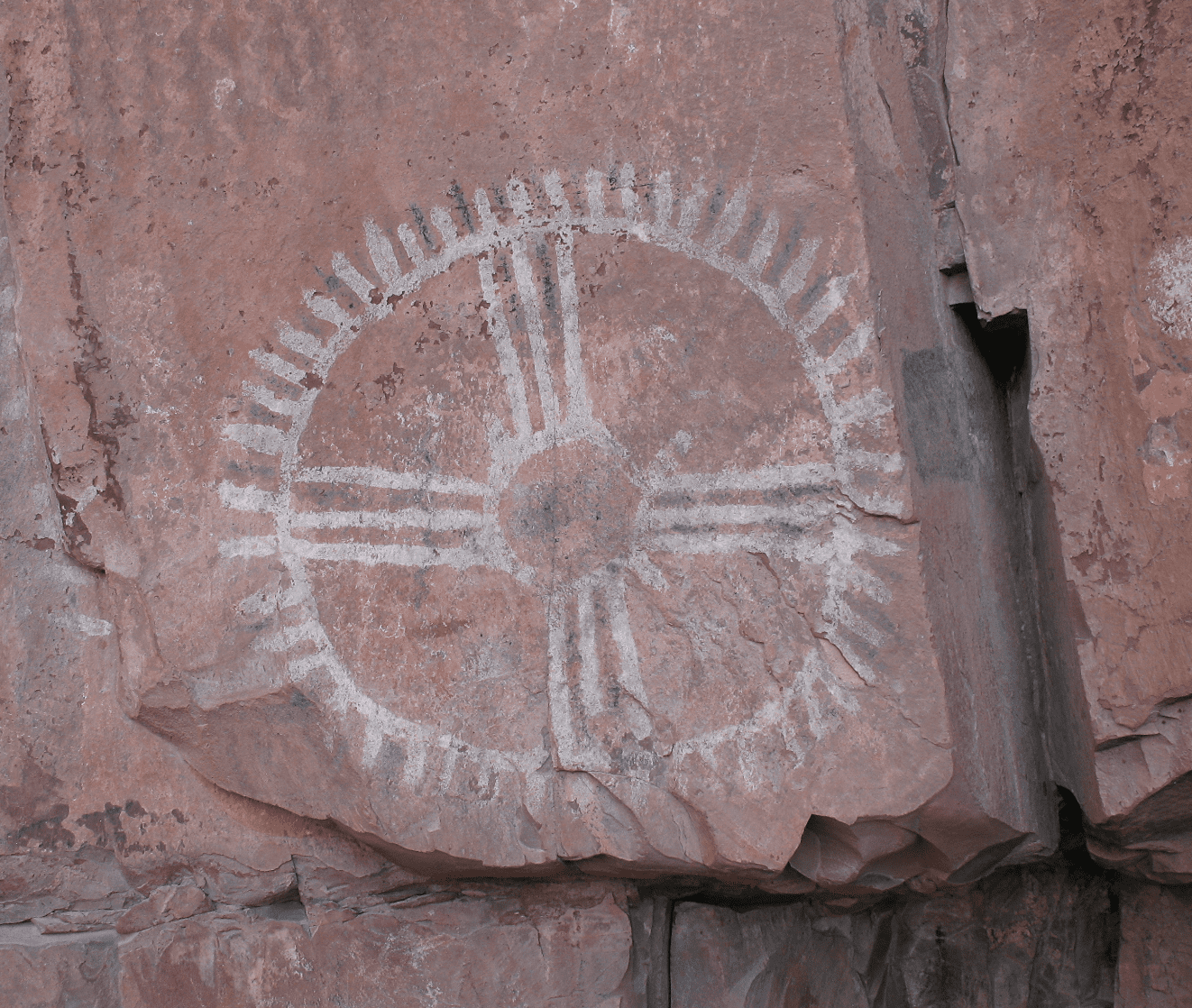The Palatki Heritage Site, located within the Coconino National Forest near Sedona, Arizona, stands as a significant archaeological and historical landmark. At coordinates approximately 34 55′ 4″N, 111 53′ 59″W, this site offers a glimpse into the lives of the Sinagua people, a group of the Ancestral Puebloans, who inhabited the area from 1100 to 1400 AD.
Artwork and Inscriptions
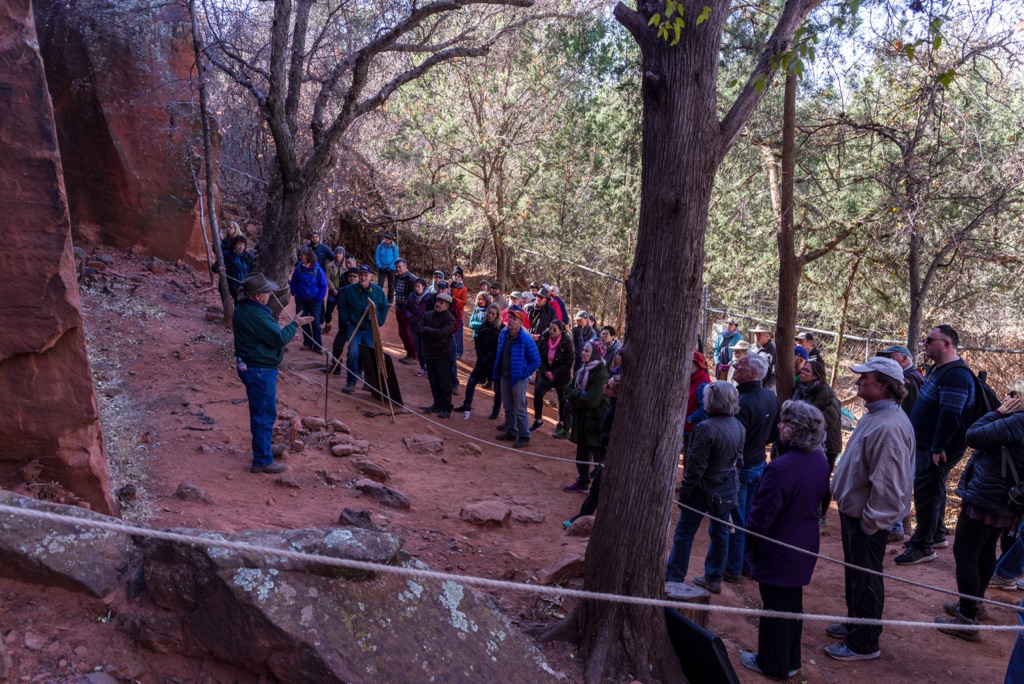
V Bar V Heritage Site
The V Bar V Heritage Site stands as a significant archaeological and cultural landmark in the Verde Valley of central Arizona. It is recognized as the largest known petroglyph site in the region and is among the best-preserved. The site, which was acquired by the Coconino National Forest in 1994, features 1,032 petroglyphs distributed across 13 panels. These petroglyphs offer a unique glimpse into the lives and beliefs of the Southern Sinagua residents who inhabited the area between approximately 1150 and 1400 AD.
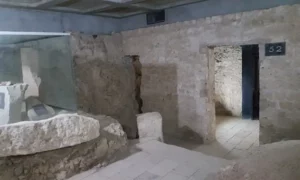
Tomb of Nakht
The Tomb of Nakht is an ancient Egyptian burial site located in the famed Valley of the Nobles near Luxor. It belongs to Nakht, an 18th Dynasty scribe and astronomer of the god Amun. The tomb is renowned for its vivid wall paintings that depict various aspects of Egyptian life and the afterlife. Discovered in the early 20th century, it has since provided scholars with valuable insights into the religious beliefs, artistic styles, and daily activities of the New Kingdom period.
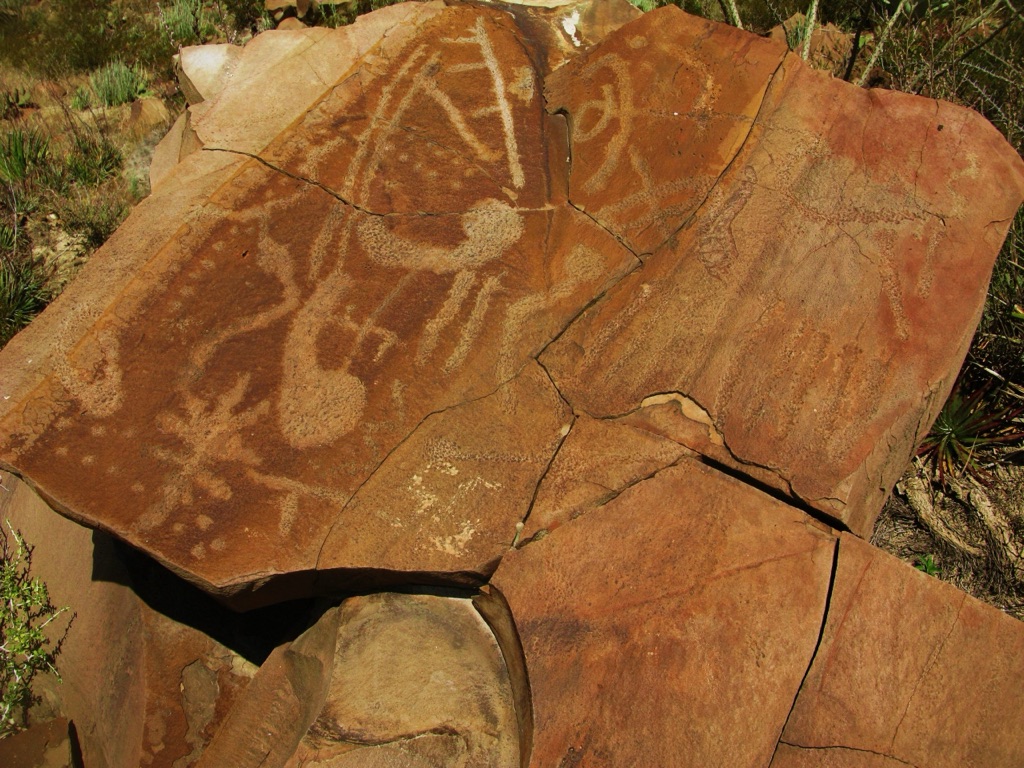
Boca de Potrerillos
Boca de Potrerillos, an archaeological site located in Nuevo León, Mexico, stands as a testament to the rich cultural heritage and ancient history of the region. Situated approximately 60 km northeast of Monterrey, within the inter-sierra valleys of the Sierra Madre Oriental, this site spans an area of about 6 km². It is renowned for housing one of the largest concentrations of rock art in Mexico, predominantly in the form of petroglyphs, with an estimated 3,000 works documented in the area.
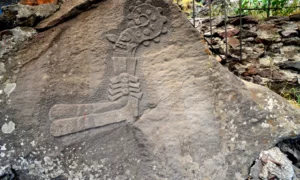
Cuahilama
Cuahilama, a hill and archaeological site located in the southeastern part of Mexico City, near the neighborhood of Santa Cruz Acalpixca, holds a rich tapestry of history that spans several pre-Hispanic civilizations. Despite its significant cultural heritage, Cuahilama has not received the attention it deserves, both from the academic community and the authorities responsible for its preservation.
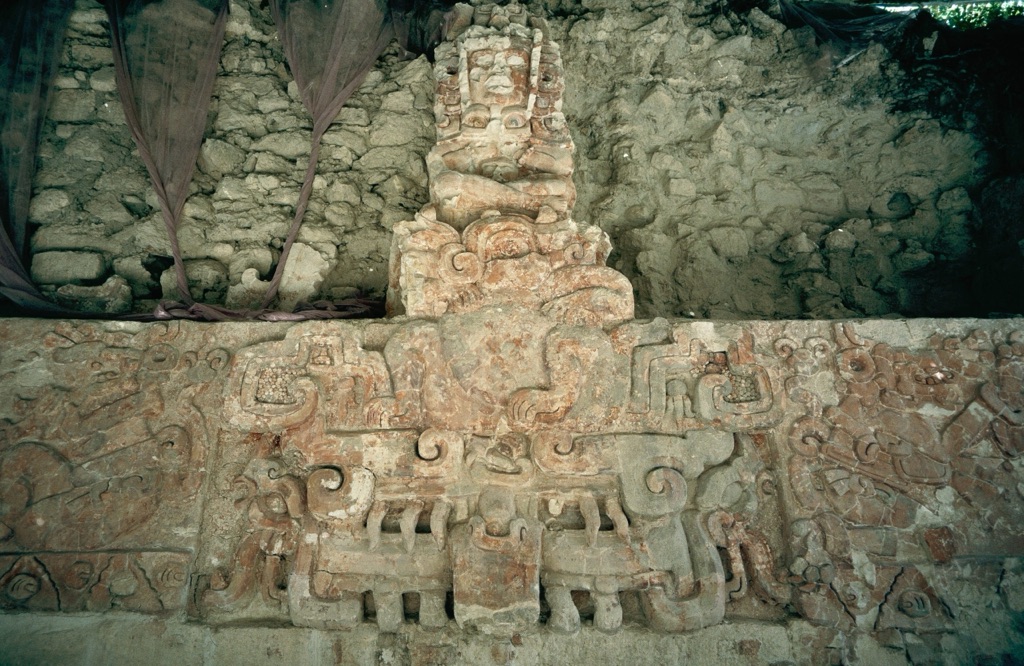
Balamku
Balamku, known for its exceptional preservation of Maya frescoes, is an ancient Maya archaeological site in Campeche, Mexico. Discovered in 1990, it has provided significant insights into Maya civilization. The site’s name means ‘Jaguar Temple’ in the Maya language. Balamku’s frescoes are a key highlight, offering a glimpse into the religious and social practices of the Maya people.

